Spring planting starts earlier, goes faster and yields better results with today’s agricultural innovations
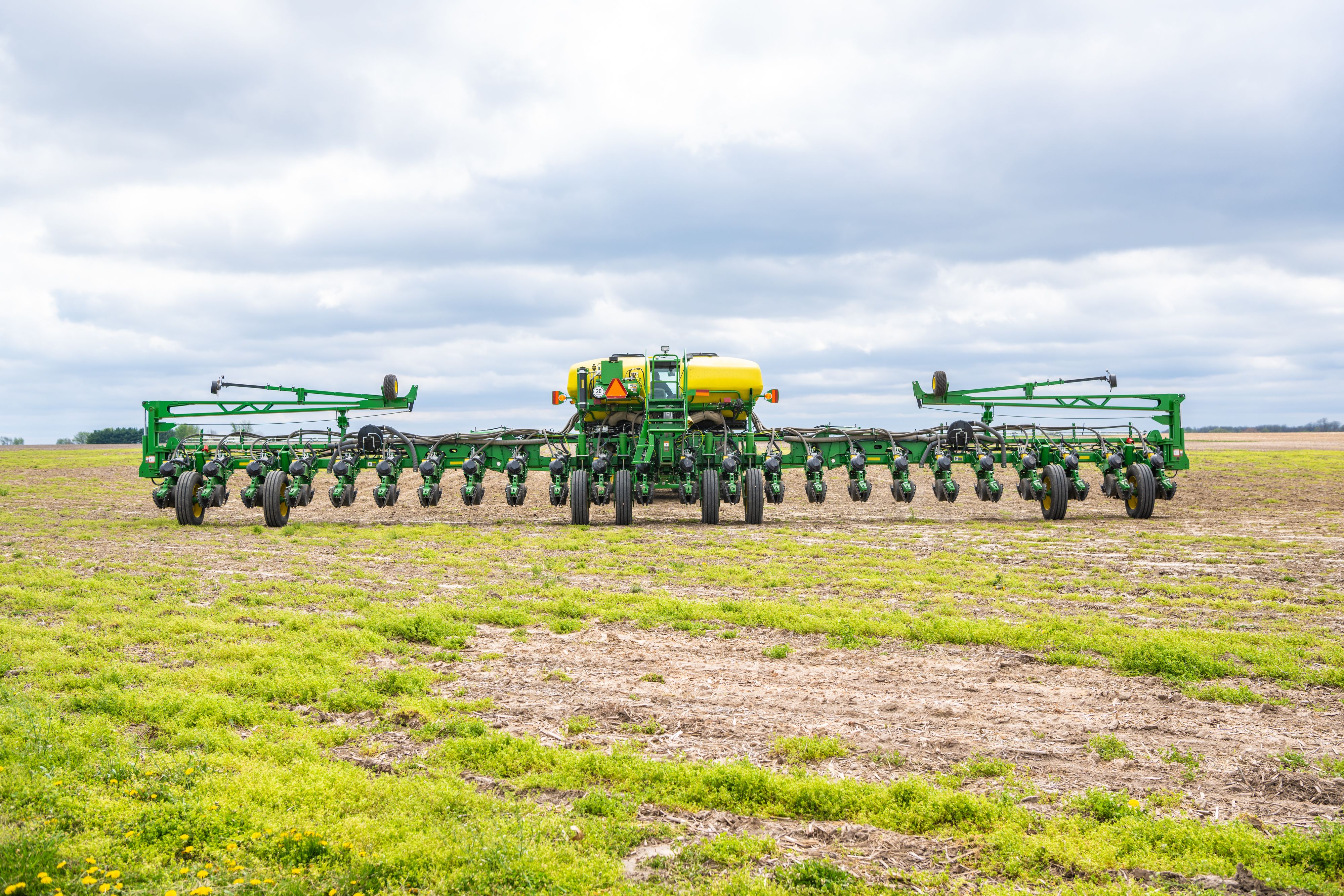

On farms around the world, spring is a time for planning, preparation, and planting. These are vital steps for getting the growing season off to a fast and healthy start, which is more important than ever given increasingly unpredictable weather patterns.
And yet, every planting season is as different as the farms and soil on which it takes place. For 2024, the Farmers’ Almanac predicted a cool and stormy spring in most areas of the U.S. That has meant farmers, as they always do, must make the most of every opportunity when conditions are favorable.
And it’s why planning and preparation start months before the first seeds are sown. Tractors and planters must be readied for long days of operation in the field. And software needs to be updated in the digital tools used on tractors, planters, and other equipment.
“There’s a lot of prep work,” says Jeff Rowe, CEO of Syngenta Group and a fifth-generation farmer, whose family operates Rowe Farms here in north central Illinois. “It actually starts way back in the fall, when you're harvesting, as you're thinking about the next spring.”
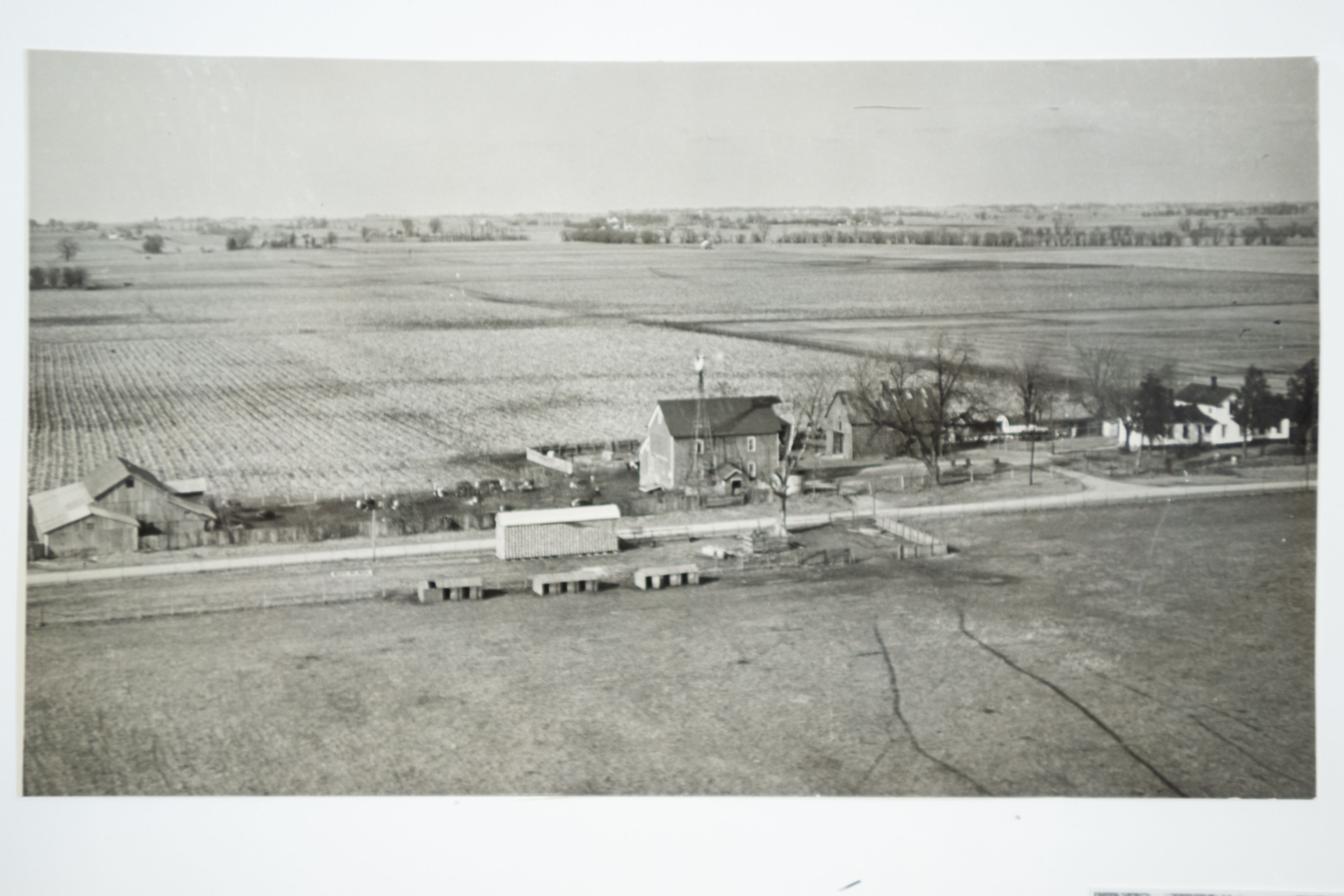
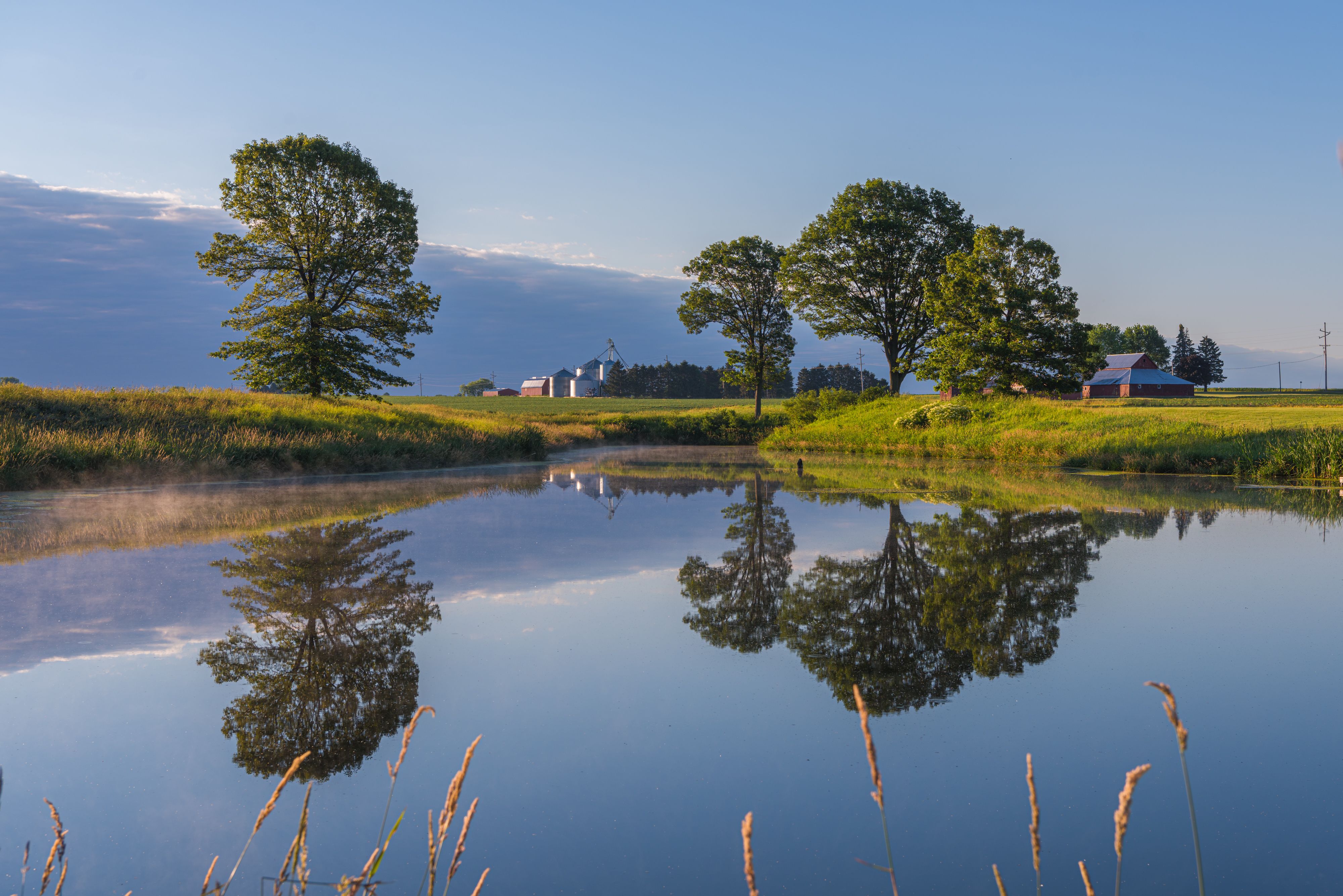
Rowe Farms then …
... and now
Back in September, Rowe Farms used a helicopter to aerial-sow a cover crop of rye while corn was still standing. That allowed the rye to take root to protect the soil and reduce water runoff throughout the winter and into the spring. The cover crop also promoted biodiversity, which research has shown contributes to agricultural productivity.
Ground preparation depends on a farm’s tillage practices: whether low-till/no-till or conventional plowing. One of the advantages of low-till/no-till—techniques used on Rowe Farms—is that there’s no need to make a first pass through the field to turn the soil. Besides conserving soil, helping sequester carbon, and bringing other sustainability benefits, low-till/no-till is a big time saver.
Another of the season’s challenges is managing the surface water that comes with spring rains. Rowe Farms uses a system of tiles, waterways, and terraces to direct excess groundwater away from the crops.
“With climate extremes, we're seeing bigger, more intense rains,” Rowe says. “So the ability to manage water is even more important.”
Choosing crops and seeds
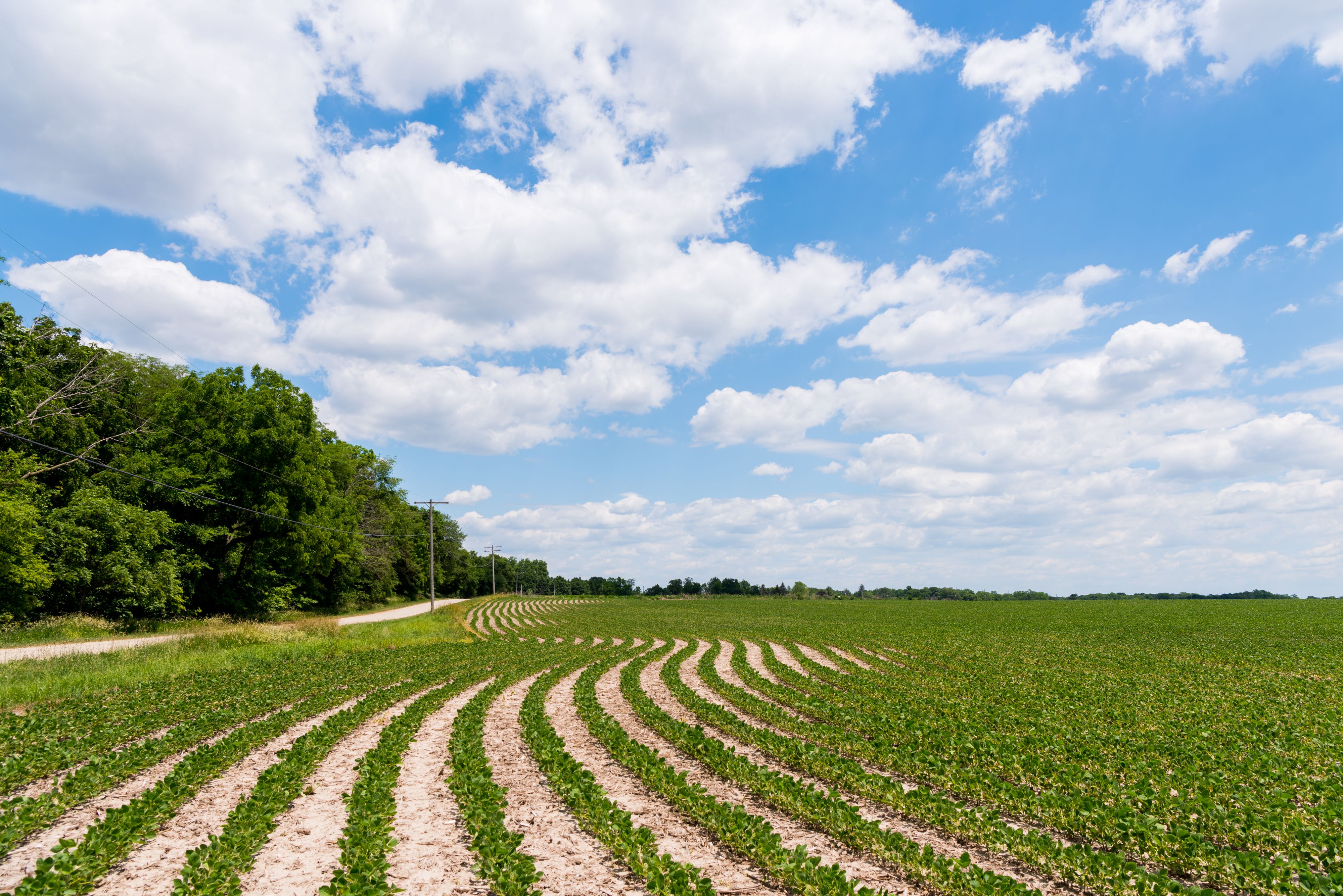
In the U.S., farmers are forecast to plant more soybeans and less corn in 2024 than in the previous year, driven by economic factors such as increased demand for soybeans to be used for biofuels. The USDA estimates that producers in the U.S. will plant 86.5 million acres of soybeans, a 3% increase, and 90 million acres of corn, a 5% decrease.
Data-driven decision making early in the season helps growers determine which crops and seeds to plant, the ideal rate of distribution across different areas, and optimal timing. “You're looking at historical yields, performance, and the markets,” Rowe says, “trying to decide what's going to have the most profitability for a given field.”
Once underway, spring planting can go on for days or weeks. Rowe Farms plants approximately 300 acres a day, which — depending on weather — takes from one to two weeks for the entire 3,000-acre farm.
It’s crucial that seeds get off to a robust start as they germinate in the ground and then emerge through the soil. Jeff’s father, Dean Rowe, who has been farming in north central Illinois since the mid-1960s, considers the emergence stage of seedlings to be one of the most critical in a crop’s lifecycle.
Ground conditions, including soil temperature and the amount of moisture, determine how quickly seeds germinate. When soil temperatures are warm and favorable, corn seeds typically germinate in about a week. When temperatures dip into the 50-degree (fahrenheit) range, germination can take two to three weeks.
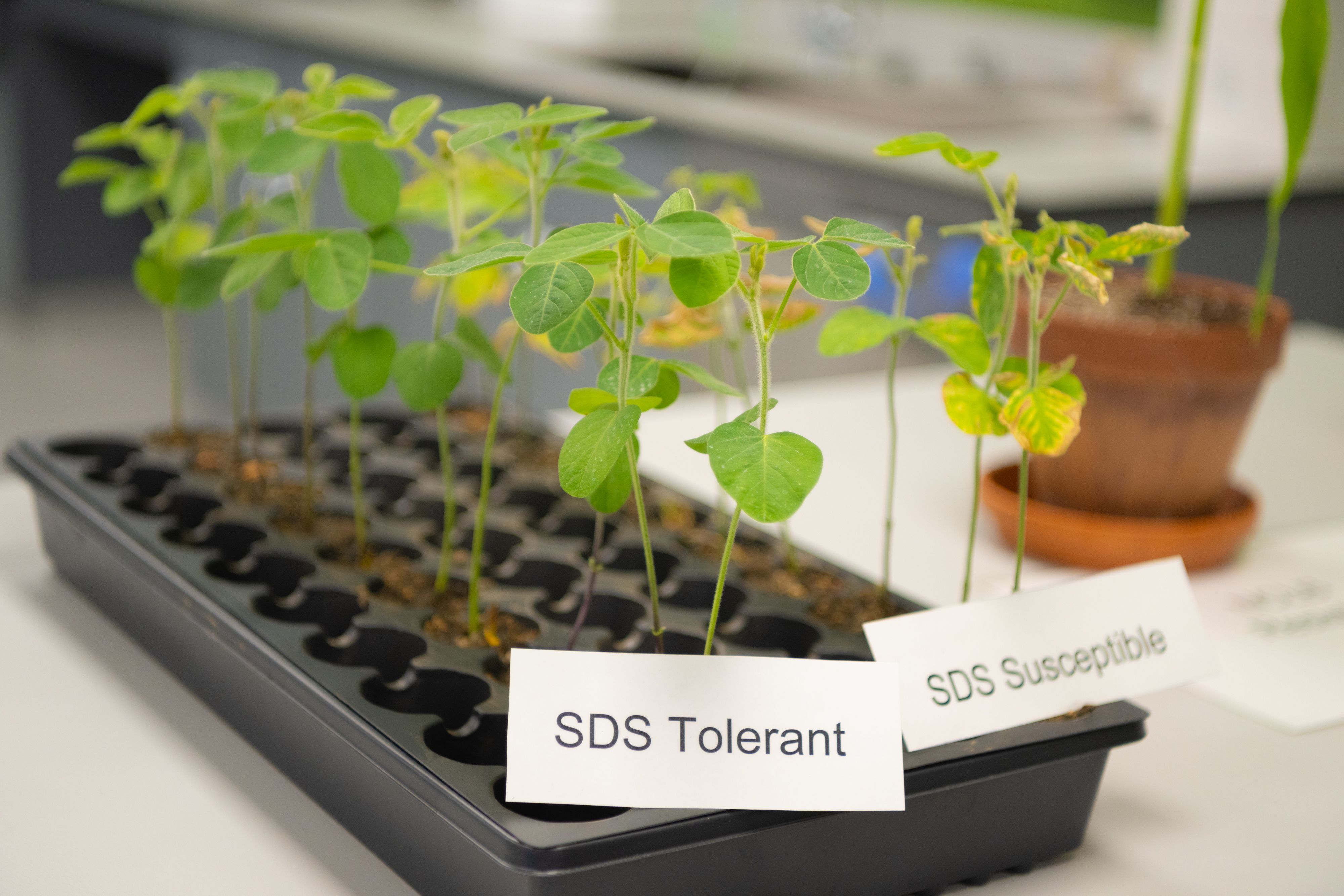
Researchers at Syngenta Group’s R&D Innovation Center in Malta, Illinois, develop robust seed variants that withstand pests and diseases such as Sudden Death Syndrome (SDS).
Researchers at Syngenta Group’s R&D Innovation Center in Malta, Illinois, develop robust seed variants that withstand pests and diseases such as Sudden Death Syndrome (SDS).
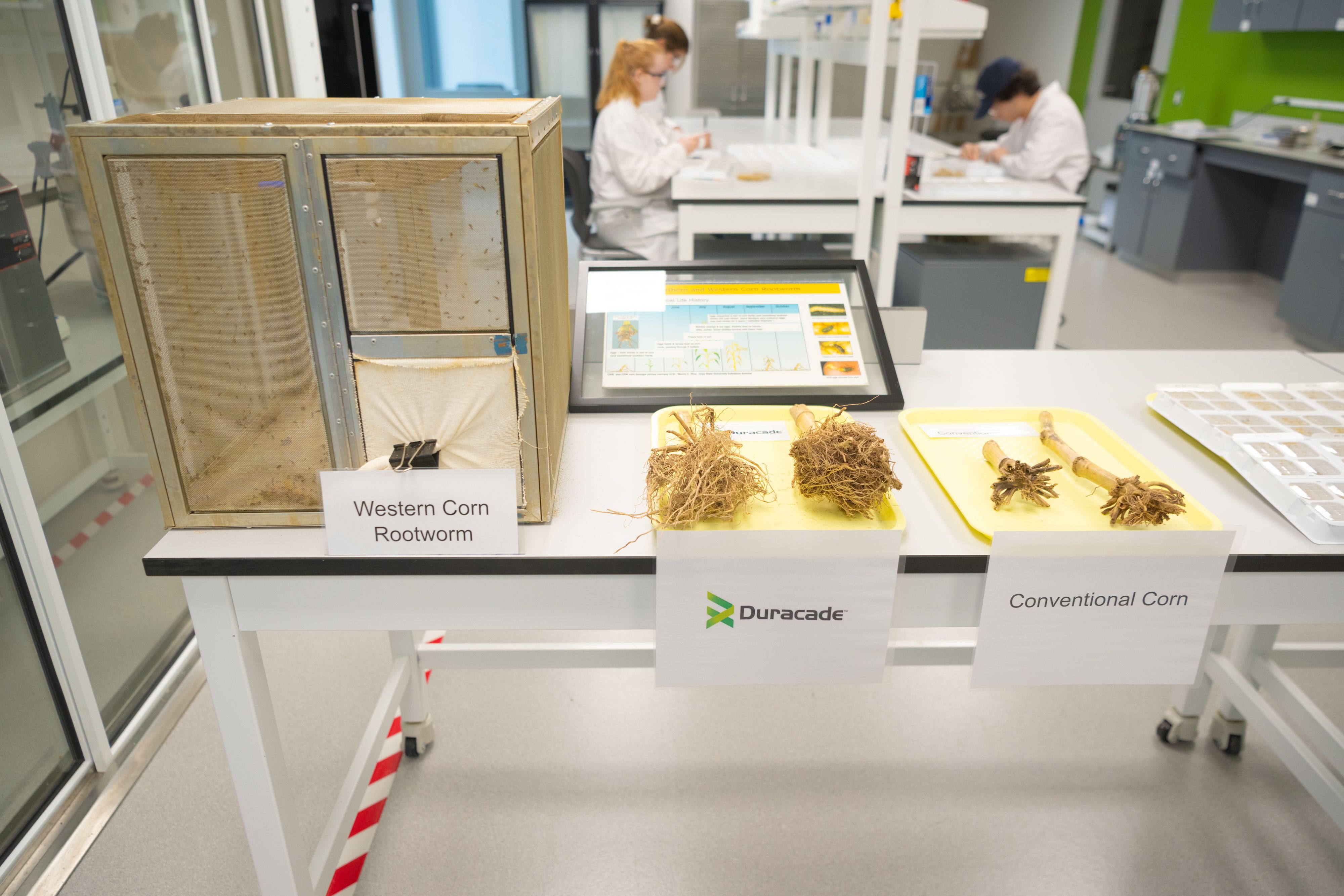
Researchers at Syngenta Group’s R&D Innovation Center in Malta, Illinois, develop robust seed variants that withstand pests and diseases such as Sudden Death Syndrome (SDS).
Researchers at Syngenta Group’s R&D Innovation Center in Malta, Illinois, develop robust seed variants that withstand pests and diseases such as Sudden Death Syndrome (SDS).
Moving fast in a tight window
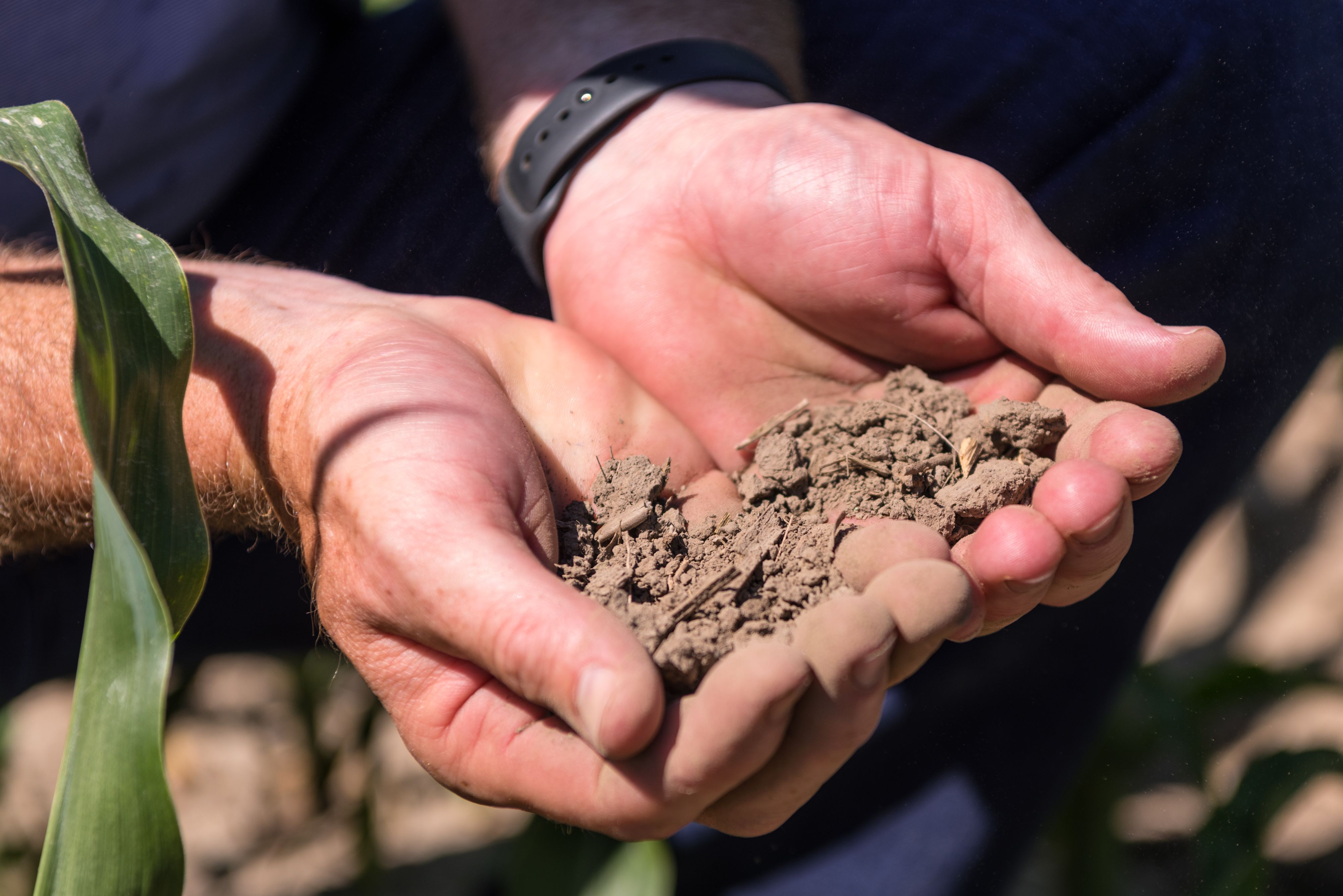
The growing season has gotten longer, with earlier spring thaws and later first frosts in the fall, which some researchers and the USDA attribute to climate change. At the same time, advances in modern equipment and seed treatments have extended the time that plants can grow, and hopefully thrive, in the sun.
Dean Rowe recalls that, a generation ago, many farmers used conventional moldboard plows to turn the soil and bury weeds, followed by discs to smooth the ground’s surface. (Moldboard plows cut soil, lift it, and turn it at least partly upside down by means of a curved plate.) It was time-consuming labor. Back then, May 10 was the calendar date he aimed to start planting. Now, Rowe Farms gets seeds in the ground a full three weeks earlier, providing a jump start for growth.
Rowe Farms now uses 16- and 24-row planters, which cover more ground in less time than the 4- and 6-row machinery available to Dean Rowe and his wife, Carol, when they purchased their farm nearly 60 years ago. Even bigger planters can be rolled out for large-scale farming operations. John Deere, for example, sells a 54-row planter that spans 90 feet.
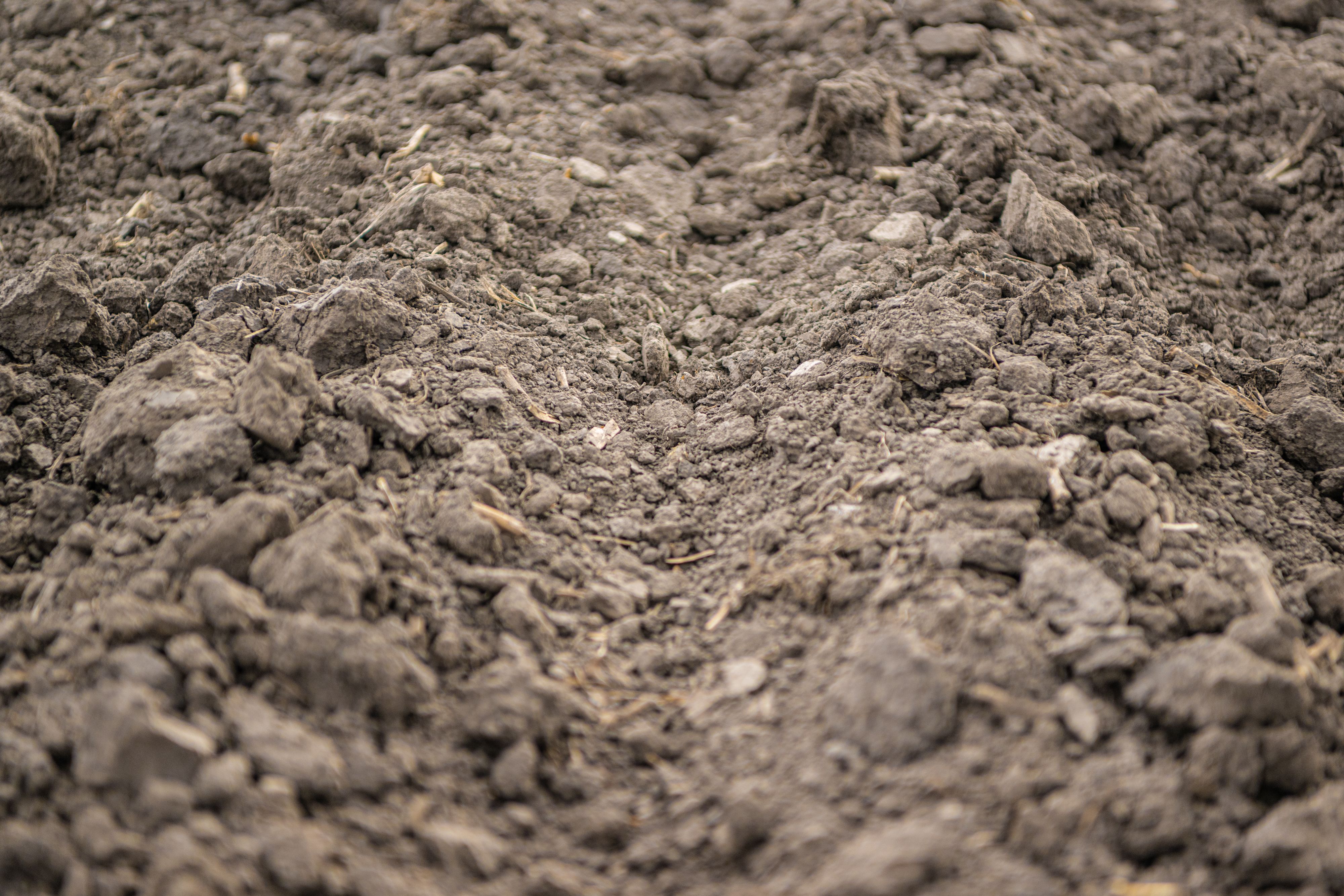
Soil health is crucial to farm productivity. Sustainable practices include low-till ground preparation and proper drainage of surface water during seasonal rains.
Soil health is crucial to farm productivity. Sustainable practices include low-till ground preparation and proper drainage of surface water during seasonal rains.
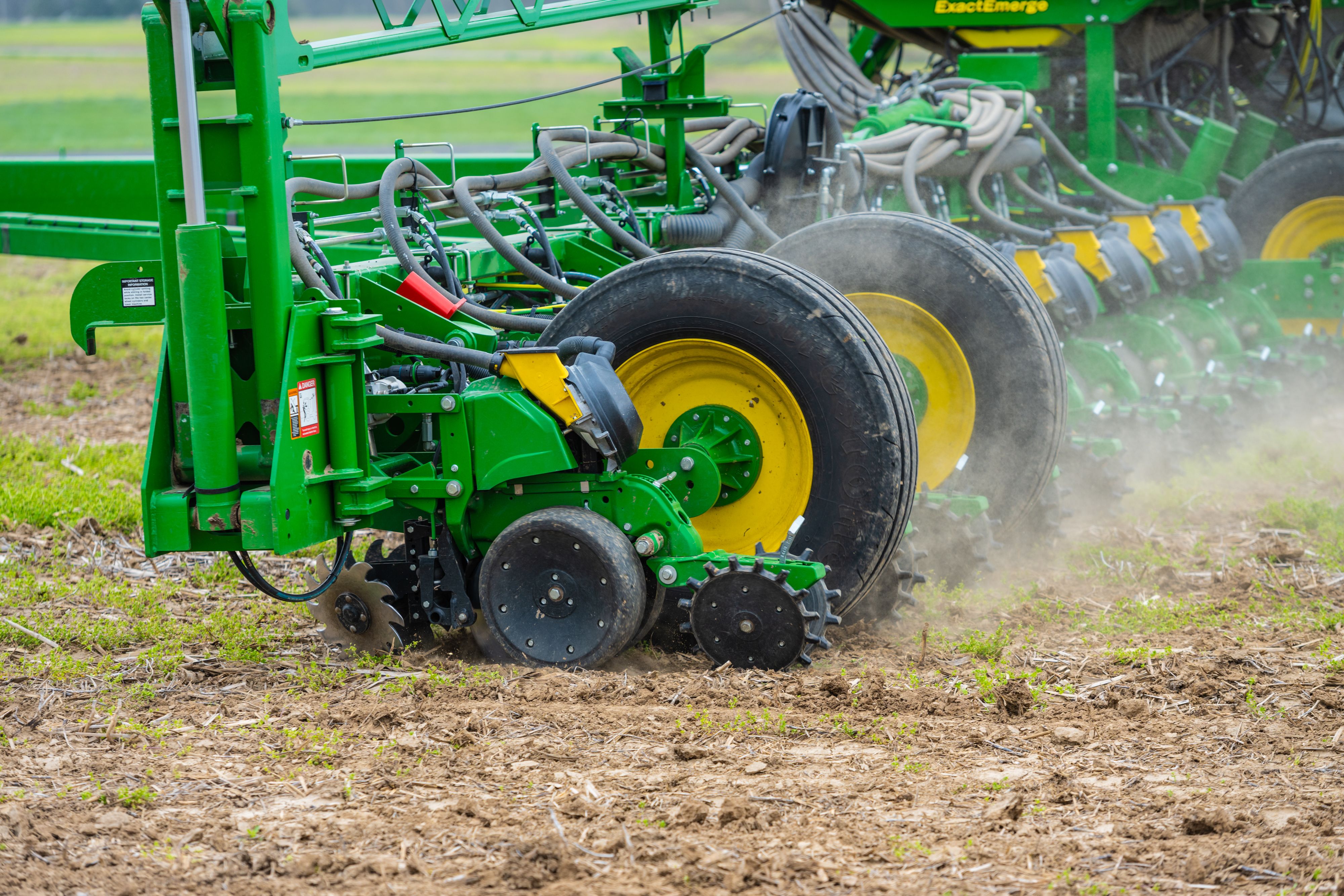
Soil health is crucial to farm productivity. Sustainable practices include low-till ground preparation and proper drainage of surface water during seasonal rains.
Soil health is crucial to farm productivity. Sustainable practices include low-till ground preparation and proper drainage of surface water during seasonal rains.
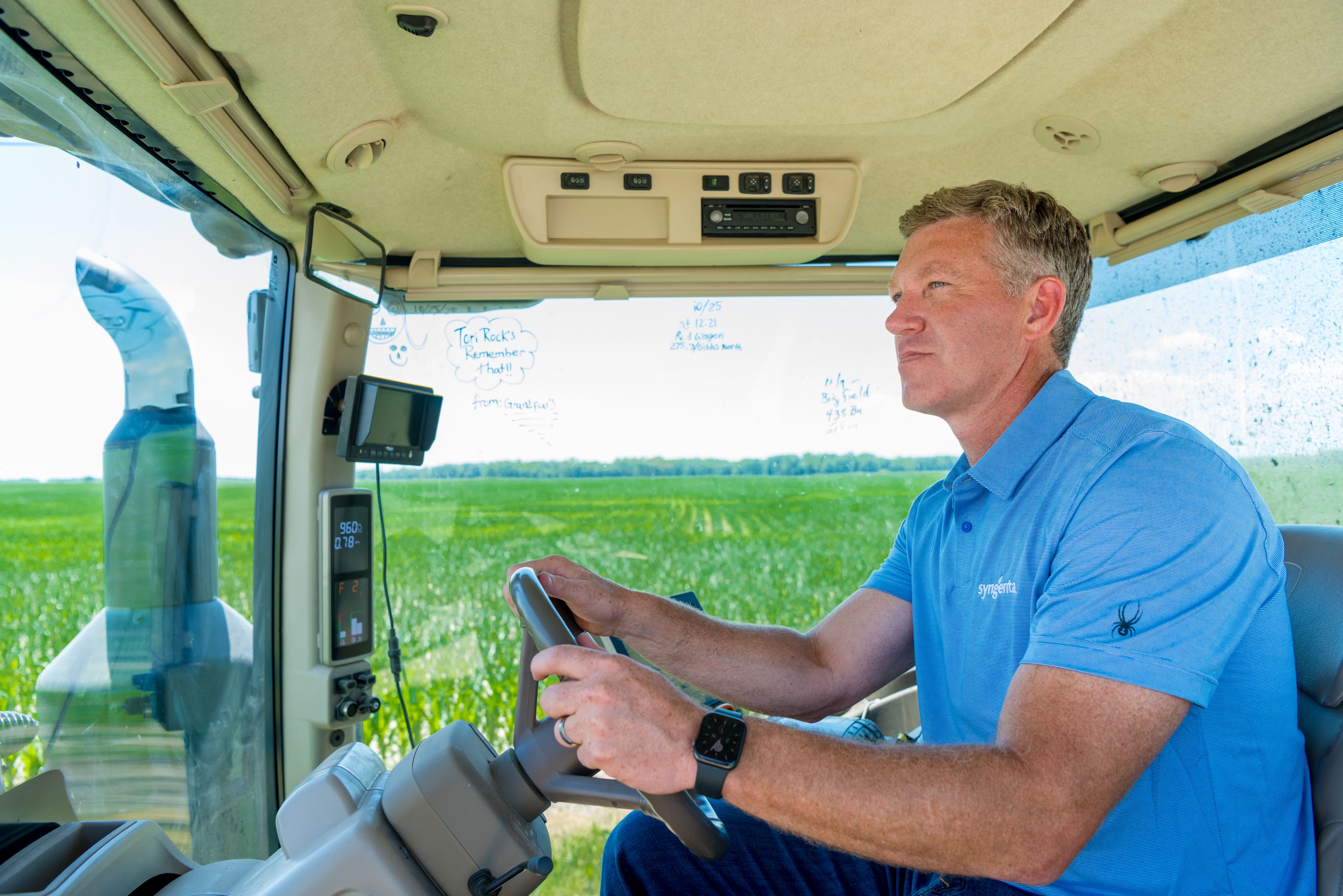
“We have much better equipment that allows us to be able to plant at a much higher speed for a longer period of time,” says Jeff Rowe (seen here in photo). “There’s a big efficiency gain from being able to plant a lot of acres in a short amount of time. That helps when you have tight windows.”
In addition, innovations in seed treatments let farmers get an earlier start. Syngenta develops dozens of varieties of corn, soybean, alfalfa, sorghum, and other seeds that are treated to protect them from environmental conditions, fungus, and pests, while promoting growth. “We know from data analysis that germination is crucial to yield,’’ Jeff Rowe says, “which is why seed choice is a key decision early in the season.”
Once equipment is in place, the ground conditions are favorable, and the right seeds have been selected, it’s time to start planting. More farmers have begun using data analysis to determine variable-rate prescriptions for seeds, based on soil type and other factors. Apple iPads and other wireless devices in tractors and on planters can then be used to calibrate and automate planting and the precision spraying of fertilizer and crop protection products.
Springtime around the world
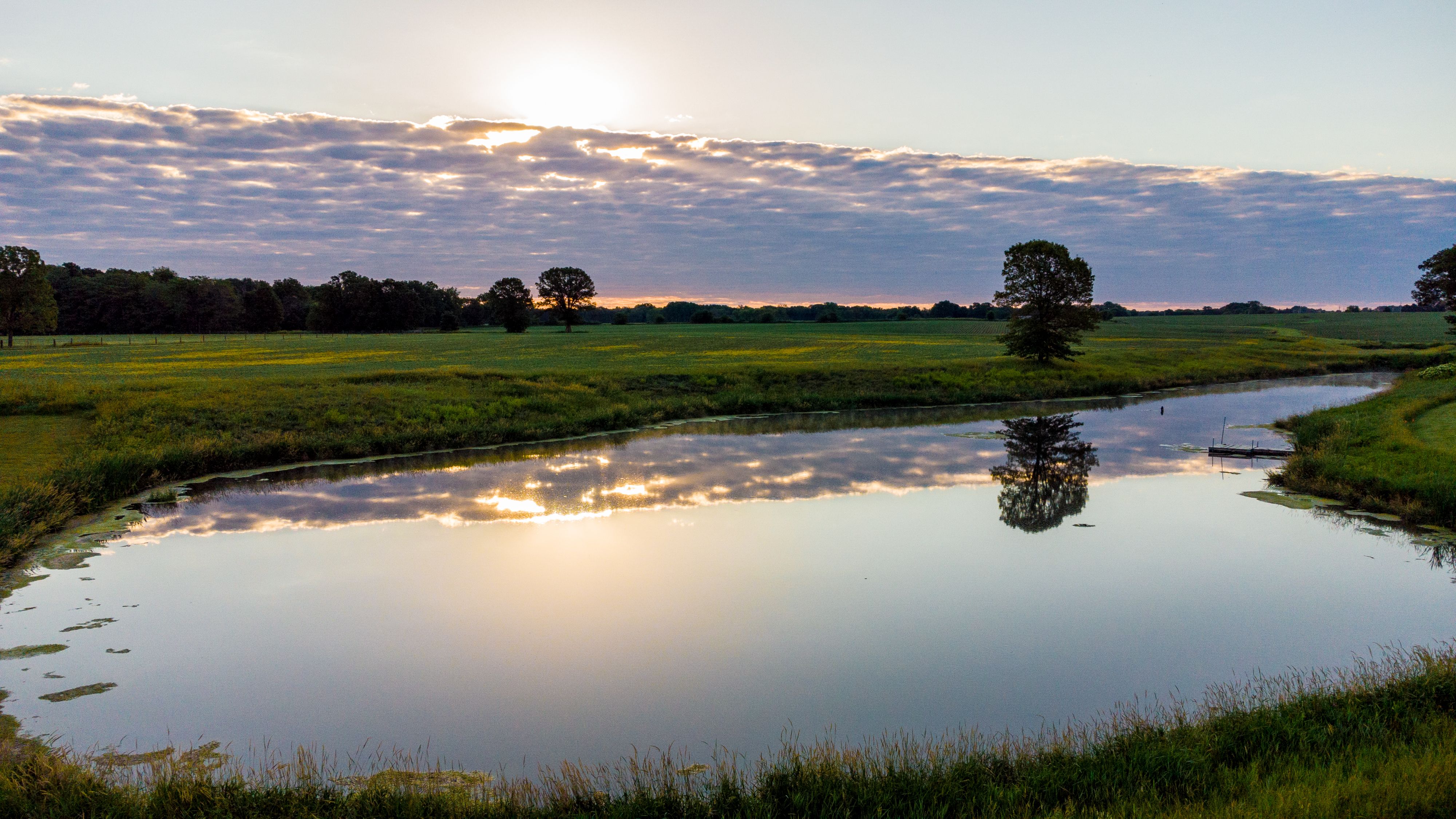
In global agriculture, springtime occurs twice annually—in the northern hemisphere in the first half of the year and in the southern hemisphere in the second half. That means planning, preparation, and planting are nearly always underway somewhere in the world. And it explains why Syngenta continues to develop seeds, crop protection, fertilizer, biologicals, and other products for application early in the growing season to ensure maximum productivity — wherever on earth a farm is located.
Yet, even with this continuing product innovation and digital solutions, farmers still have to cope with Mother Nature. On Rowe Farms this spring, the weather ranged from bright sunshine one day to dark clouds and tornado warnings the next. Says Jeff Rowe: “You go out to the field, fill your planter—and hope for the best.”


